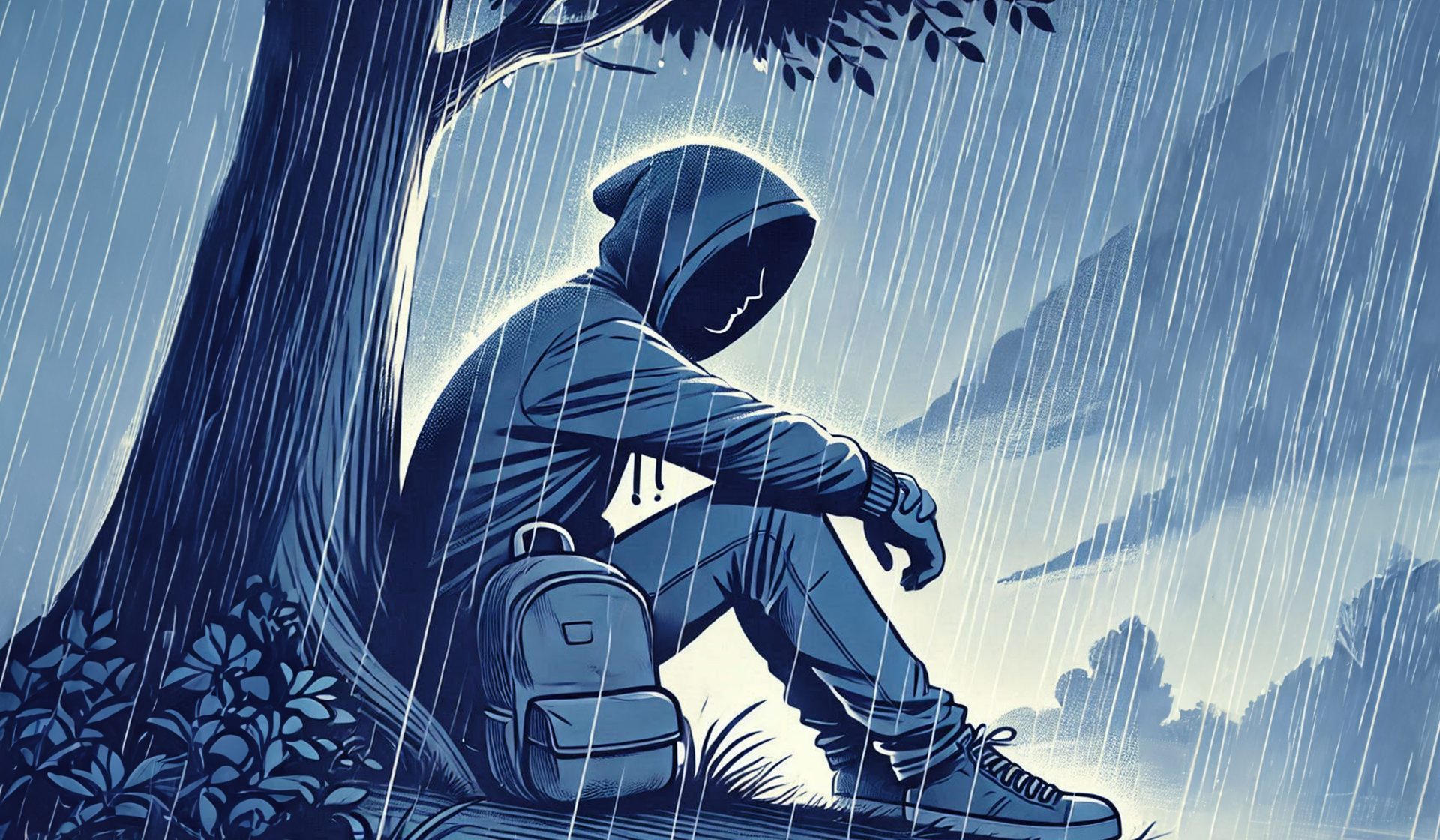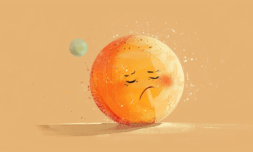The term seasonal depression is on the rise in social media, but what is seasonal depression? What can we do to manage our winter blues and summer sadness?
Seasonal affective disorder or SAD is a type of mental health challenge similar to depression. The chief difference is it fluctuates in line with weather patterns.
Although most commonly related to the winter season, people can experience seasonal depression in winter and summer.
There are many symptoms of seasonal affective disorder such as:
- Lack of energy
- Difficulty concentrating
- Not wanting to see people
- Sleeping too much, or difficulty waking up (common with SAD in winter)
- Sleeping too little, or waking up a lot (common with SAD in summer)
- Changes in your appetite, for example feeling hungrier or not wanting to eat
- Losing interest in sex or physical contact
- Suicidal feelings
- Other symptoms of depression
Seasonal depression has become a much used term on social media platforms like TikTok in recent years, with many sharing their experiences of feeling low in particular seasons – primarily winter.
A lot of creators lament the darker seasons like winter and autumn as ‘season depression szn’.
Although seasonal affective disorder can fluctuate in any season, it is true that there is a significant link between a lack of sun and greater feelings of depression.
The effects of light have an impact on people’s emotions. When light hits the back of the eye, for instance, messages reach the part of the brain that controls sleep, appetite, sex drive, temperature, mood, and activity.
Without enough natural light, the brain’s internal messaging network starts to flag. As everybody is unique and different, some people simply need more light than others and are more predisposed to suffering seasonal depression during winter.
@indig0.linit’s slowly starting to get dark earlier. for people w/ the winter blues, take your vitamin D, meditate, wake up earlier, more soups, more root vegetables, more journaling, more exercise, and more therapy. we gon be ight🧘🏾♀️✨♬ original sound – ᔆᴾ⁰ᴰ ☆
Seasonal affective disorder still has a long way to go in the world of research, with more knowledge and government supported studies needed to understand why the weather effects people’s moods so drastically.
Nonetheless, social media has at least created a forum to destigmatise mental health challenges including seasonal depression. In fact, #seasonaldepression has over 104k post on TikTok, showing how widely searched the term is.
Some rightly argue that too much social media exposure on the topic will oversimplify and trivialise mental health challenges, however, leading to it being trivialised as a ‘trend’ rather than a diagnosable disorder with specific symptoms.
Ways to manage SAD day-to-day
If you feel low during a particular season do not feel scared to reach out for help!
Websites such as mind, a UK organisation that campaigns and provides services for people with mental health struggles, can be helpful and encouraging.
There are many ways to help manage SAD on a day-to-day basis such as:
- Make the most of natural light – go on a walk, open your curtains, sit outside for a bit
- Plan for the season – meal prep and make schedules
- Drink plenty of water
- Get up at a decent time in the morning and go out
- Talk to somebody – Samaritans Open 24 hours a day, 365 days a year
![]()
With the right tools and understanding, managing SAD can become a brighter journey for all.

















